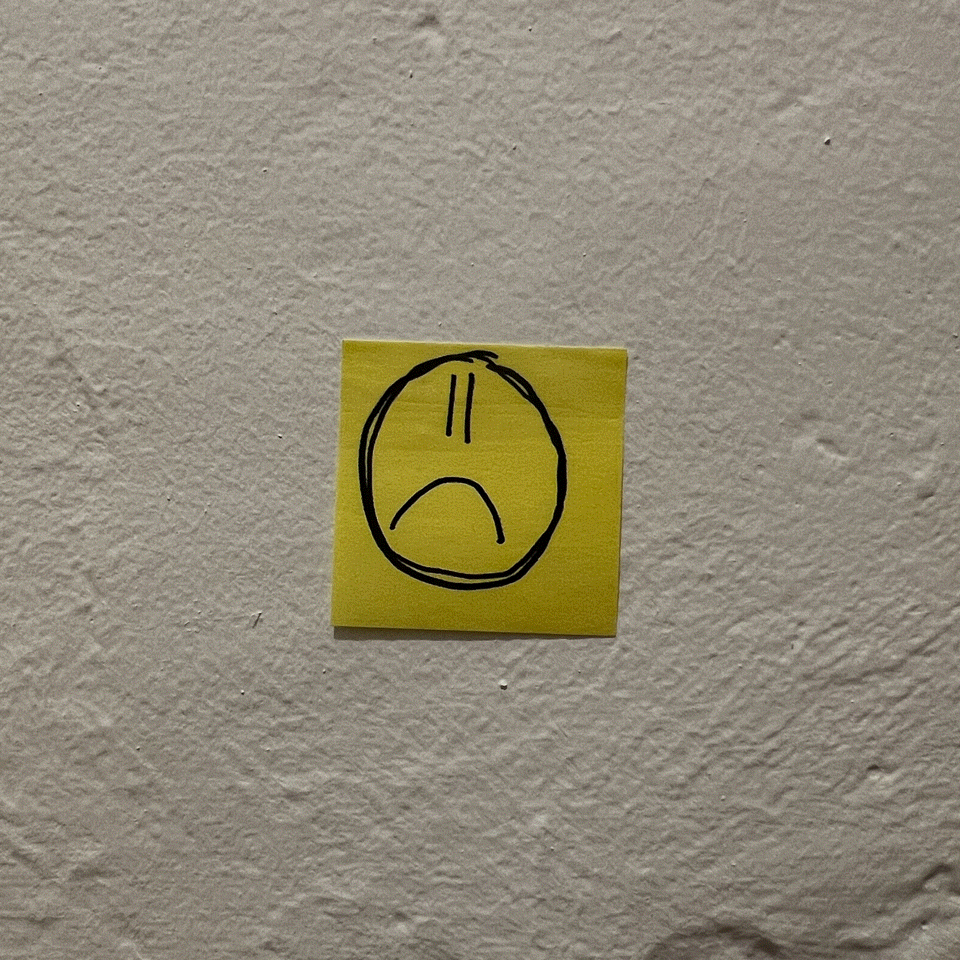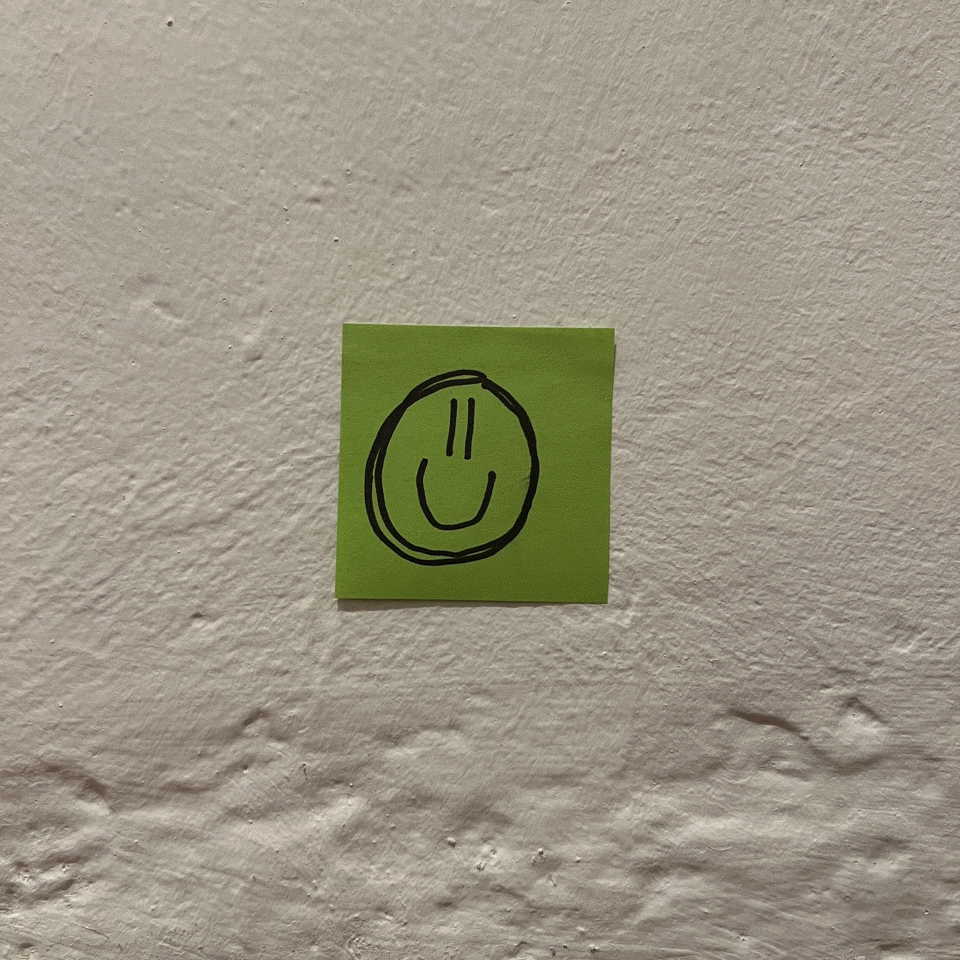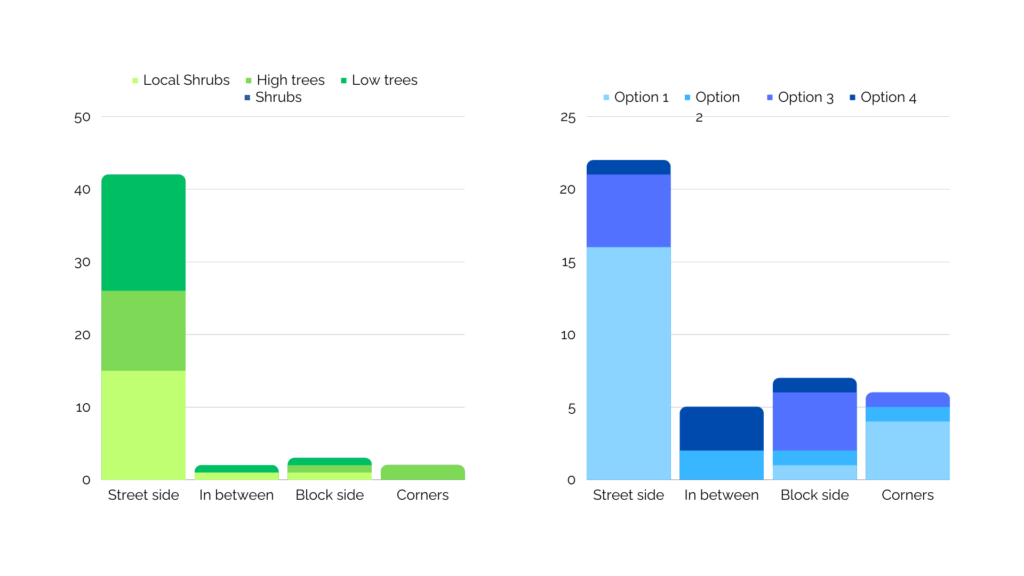Introduction
Carrer d’Aragó is one of the busiest streets in Barcelona. With 4 car lanes and 1 bike lane, it receives thousands of vehicles every day, making it a center for noise and pollution. Additionally, it is home for a very diverse community and it’s located close to some of the most popular tourist spots in the city, such as the Sagrada Familia. Attempting to respond to these challenges, the main objective of this project is to present a design that helps expand the green spaces in the street while engaging the stakeholders through participatory design activities for the section located in between Carrer de Lepant and Carrer de Padilla.

Objectives
- Expansion of the Green Spaces: As a response to the penultimate initiative of Eixample Respira, the project aims to incorporate new green spaces in the site in order to reduce pollution levels caused by the high traffic.
- Development of a Geometry System: The framework for the finalized design will be a geometry system that allows for the creation of different furniture.
- Collaboration with the community: The design will be based on the community’s feedback on their likes and dislikes, and will be improved through time to accommodate their needs.
- Incorporation of placemaking strategies: The Project will incorporate placemaking strategies that will highlight the sense of identity and ownership within the community through design elements.
Methodology
The Project was developed in three phases:
- Phase l:
- Site Analysis: The initial approach to the site consists of a general research on the site. This includes the demographics of the neighborhood, the sites of interest, its history, among others. This is accompanied by initial observation visits where behavioral patterns, existing infrastructure and existing permeable areas are identified.
- Community Engagement: In this phase the community was approached by two different methods: 1. By in-person interviews, where information about the perceptions of the site and their connection with nature was gathered; and 2. By online surveys through a QR code, as many of the visitors on the site were in a hurry or didn’t speak english.
- Design: After the recollection of the previous information, multiple geometry systems were developed. The final selection corresponded to the one that allowed the creation of more diverse types of functionality.
- Phase ll:
- Participatory Design Exercise: Two different in-person activities were developed on the site with the community in order to identify their priorities in the interventions and the preferred distribution of furniture and green spaces. These exercises engaged the participants through questions and locating elements on a map of the site.
- Initial Design and distribution: Two distribution designs were developed in this phase. The initial one was made at the same time as the participatory design and the second one incorporated the community’s feedback into it. They both were based on the previously selected geometry system.
- Phase lll:
- Community Engagement: In-person interviews were conducted again to obtain feedback on the design that was developed on the previous phase. This consisted of a review of the plans and models for the site.
- Final Design: Through incorporating the feedback from the interviews, the final design was obtained. This included a selection of plants and materials.

Phase l
Site Analysis
Points of interest:
The Site for intervention is located in Carrer d’Arago, in between Carrer de Lepant and XXX. It is only one block apart from the Hort de La Sagrada Familia (Community Hort) and the Pablo Neruda Park. It is additionally three blocks away from the Sagrada Familia, which increases the tourist traffic in the area.

Existing Furniture:
The site has three public benches that were mostly occupied, four trash cans, two bike parking spaces, street lightning and fifteen trees.

It was additionally identified that all the trees in the area correspond to the same species and that the permeable spaces are very limited.

Behavioral Patterns:
- Insufficient Lightning: The initial observation corresponds to the lack of lightning in certain spaces. Specifically in a depressed area in one of the corners on the site. The only lightning is on the outer side of the sidewalk, by the bike lane.
- Motorcycle Parking: During the site visits, motorcycles were spotted on the outer areas of the sidewalk on multiple days, which might influence the location of furniture in the design.
- Vehicle parking access: A parking lot was identified on the site, which implies there is vehicle crossing in the area at different times of the day.
- Primary walkway path: During the site visits, it was identified that most people walk on the outside area of the sidewalk, close to the bicycle lanes.
- Outdoor dining: One of the main cluster areas in the site is a restaurant located on one of the corners. It was mostly busy with people at all times of the day.

Additionally, the occupation of the site was mapped for two different times of the day:
Noise Pollution:
Noise levels were recorded at two different times of the day:

The World Health Organization (WHO)1 defines noise above 65 decibels (dB) as noise pollution, which means the site is consistently surpassing a healthy limit.
Site Textures

Community Engagement:
Through the site visits, the main identified stakeholders are: Sales representatives, young residents and new families, dog owners, senior citizens, tourists and small business owners. They were approached and interviewed on their initial perceptions of the site.

Additionally, from the previous research exercise, the demographics of the neighborhood were identified and corroborated in-site through the same interview exercise as follows:

From the initial round of interviews, the following highlight comments were identified:

From this exercise, the following conclusions were made:
A. The community doesn’t spend time on the site mostly due to safety and noise concerns.
B. Most of the population is Spanish and Chinese.
Geometry System Development:
This phase of the exercise involved the creation of multiple geometry systems, each with distinct features and capabilities. We were tasked with designing systems that would serve as the foundation for building furniture and other elements on a web platform. The goal was to assess which system offered the most flexibility in constructing diverse items.
In this case, our options were mostly inspired by the Barcelona tiles in order to represent the community and sense of identity.
Option A

Option B

The chosen geometry for the design was Option B as it’s a curve-based system that offers a unique blend of fluidity and adaptability. This system was developed to accommodate various extrusion heights, providing the flexibility to translate into functional seating and planter areas. The curve-based approach allows for the creation of organic and aesthetically pleasing shapes, fostering a more natural and inviting feel.
Phase ll
Participatory design exercise:
Street Perception exercise: The participatory design exercise involved a collaborative and interactive approach to gather user feedback on the site. Participants were provided with colorful Post-it notes and encouraged to share their positive and negative impressions of the site. A large board was set up as a central focal point, serving as a canvas for these impressions. Users were asked to write down concise thoughts on their individual Post-it notes, using different colors to distinguish between positive and negative feedback (yellow for negative and green for positive).


Element and Location Selection: In this exercise, participants were provided with a diverse array of options for both furniture and plants, represented by the colors blue and green, respectively. Each category included multiple choices, distinguished by different numbers assigned to them. Provided with stickers corresponding to both colors and numbers, participants were tasked with pasting their preferred combinations onto a map, allowing for a visually comprehensive representation of their design preferences. The map served as a canvas for participants to articulate their ideal spatial arrangements.
By placing blue stickers to signify furniture and green stickers for plants, along with the specific number codes, participants could express their preferences not only for individual elements but also for the spatial relationships between them. This dynamic activity provided valuable insights into the collective design preferences of the group. The exercise enabled a real-time, interactive exploration of design choices, fostering a sense of ownership and collaboration among participants.
The resulting map became a vibrant tapestry of shared preferences, offering designers and stakeholders a tangible and visual guide for decision-making. This exercise not only allowed users to express their opinions freely but also facilitated a collective understanding of the site’s strengths and weaknesses.
Results:
Street Perception exercise:
Negative: Participants expressed several concerns about the site, with the most frequently mentioned issues being traffic and noise, cited eight and five times, respectively. The mention of dust and pollution, though less frequent, signals environmental worries, while the singular references to graffiti and tourists indicate aesthetic and overcrowding concerns. The varied negative impressions highlight a range of issues, from infrastructure challenges to environmental and aesthetic considerations that participants find less favorable.

Positive: On a positive note, participants appreciated the site’s broad layout, mentioning it seven times, indicating a positive perception of spaciousness. The two mentions of the location and three mentions of accessibility underscore the site’s favorable geographic positioning and ease of access. Positive associations with job opportunities, dogs, trees, and commercial places further indicate that participants recognize the site’s potential for employment, pet-friendly spaces, greenery, and thriving businesses. Despite the noted challenges, the positive impressions suggest a foundation of favorable attributes that can be strengthened through our final design.

Element and Location Selection:
In the collaborative exercise involving furniture and plant placement on the map, participants exhibited a consistent preference for all plant options, indicating a universal appeal for the green elements presented. Additionally, the participants expressed a specific preference for seating arrangements that incorporated a planter buffer. This choice suggests a strategic consideration for noise reduction, emphasizing a desire for a more tranquil and buffered seating experience. Furthermore, the unanimous agreement to position all elements on the outside side of the sidewalk highlights a shared preference for an open and accessible layout, potentially maximizing space utilization and ensuring a seamless connection between the public elements and the sidewalk. These results provide valuable insights for designing a harmonious and user-centric outdoor space, emphasizing greenery, noise reduction strategies, and a thoughtful sidewalk-oriented layout.

Design layouts:
First:

Second:

In response to the feedback gathered from participants, the implementation plan for the outdoor space design prioritizes addressing specific concerns and leveraging positive preferences. To mitigate traffic noise, the chosen seating options will strategically incorporate noise-buffering features, ensuring a more tranquil and enjoyable experience for users. To maintain the desired “broad street feeling,” the layout will avoid overcrowding the middle of the site, opting for appropriately sized furniture that enhances the spacious and open ambiance. The general appreciation for greenery will be acknowledged by diversifying the plant selection, incorporating the options favored by participants.
This approach aims to not only address identified challenges but also highlight on the positive aspects identified during the participatory exercise, creating a well-balanced and user-centric sidewalk that aligns with the community’s preferences.
Phase lll
Community Engagement
The final participatory exercise conducted in the site involved presenting the proposed design to the community, seeking their feedback. During the session, participants expressed satisfaction with the distribution of green spaces, indicating approval for the strategic placement of natural elements within the design. Additionally, positive feedback was received regarding the location of the noise buffer, suggesting that the community found the seating arrangement effective in addressing noise concerns. The sole suggestion provided was to extend the colored flooring while retaining the original tile material, a modification that aims to enhance the visual appeal and continuity of the outdoor space. Furthermore, participants recommended including a fence in the left corner of the site, potentially serving both functional and aesthetic purposes. This feedback, emphasizing community preferences and offering specific enhancement suggestions, was used to refine the design to better align with the needs and desires of the community.

Final Design
Plant Selection: The Mediterranean cypress was the selected plant for the noise buffer in the outdoor space and the decision is grounded in its multiple attributes that contribute to both functionality and aesthetic appeal. The dense and low foliage of the Mediterranean cypress serves a dual purpose, functioning as an effective noise reduction mechanism and creating a visual barrier that enhances the sense of privacy and tranquility for seated individuals. Its native origins in Mediterranean regions make it well-suited to the environmental conditions of the site. The malleable shape of the cypress allows for versatile and artistic arrangements, facilitating creative design possibilities. Furthermore, the plant’s resilience to hot, dry summers and mild rainy winters ensures its year-round vitality in Barcelona. Beyond its practical benefits, the foliage of the Mediterranean cypress provides valuable nesting and roosting opportunities for birds, contributing to the local ecosystem, while also offering winter protection. This thoughtful selection aligns with a holistic approach to landscape design, harmonizing functionality, sustainability, and ecological considerations within the chosen plant species.

References:
- World Health Organization (2022) Noise Pollution. Obtained from: https://www.who.int/europe/news-room/fact-sheets/item/noise ↩︎

